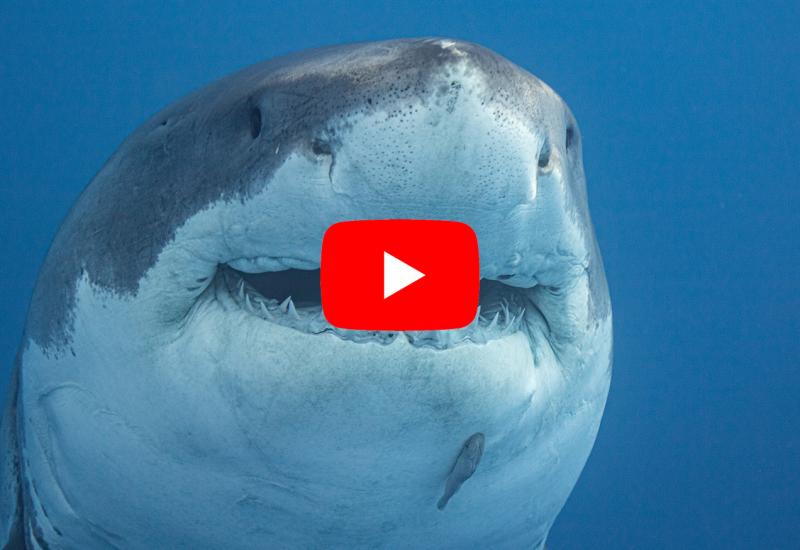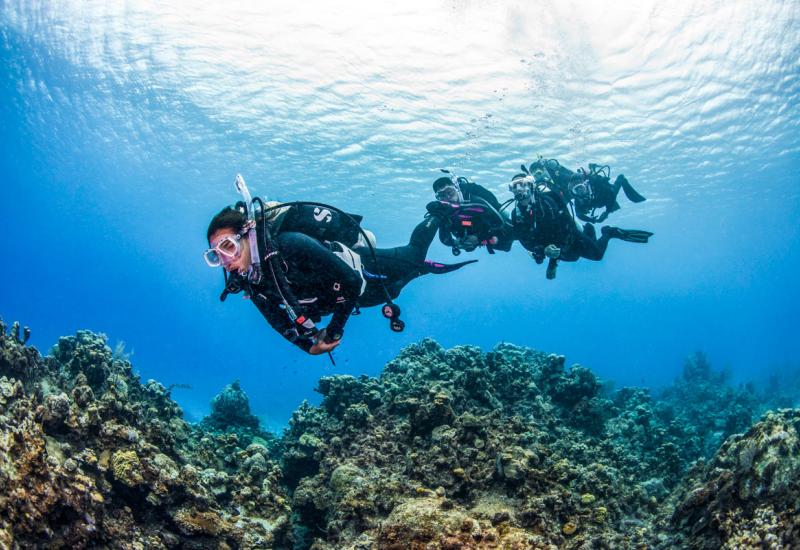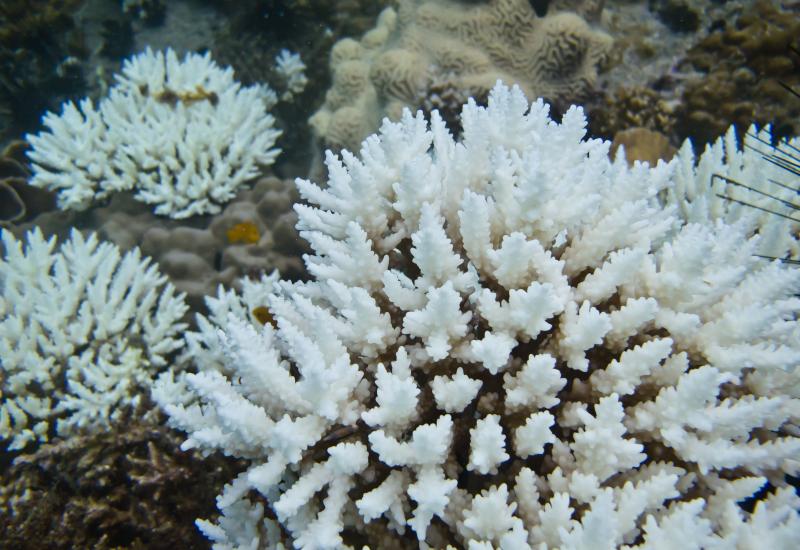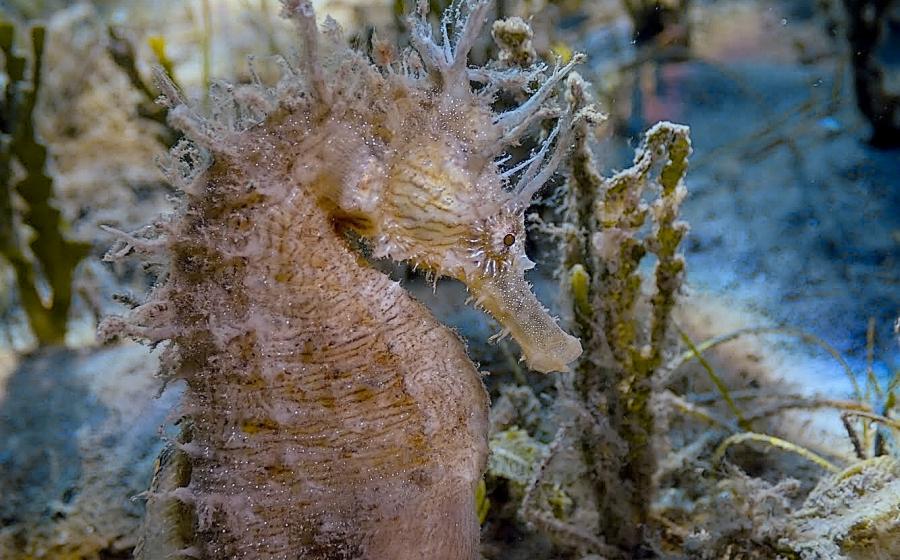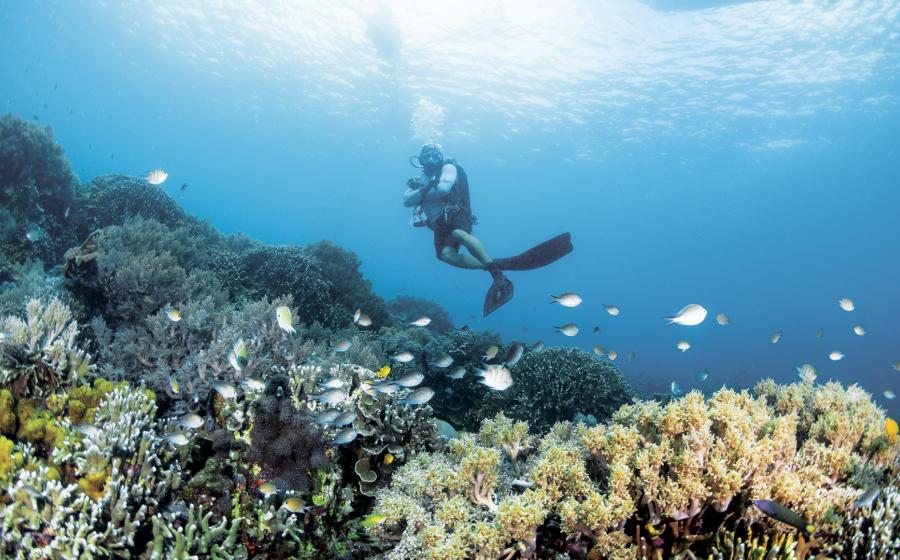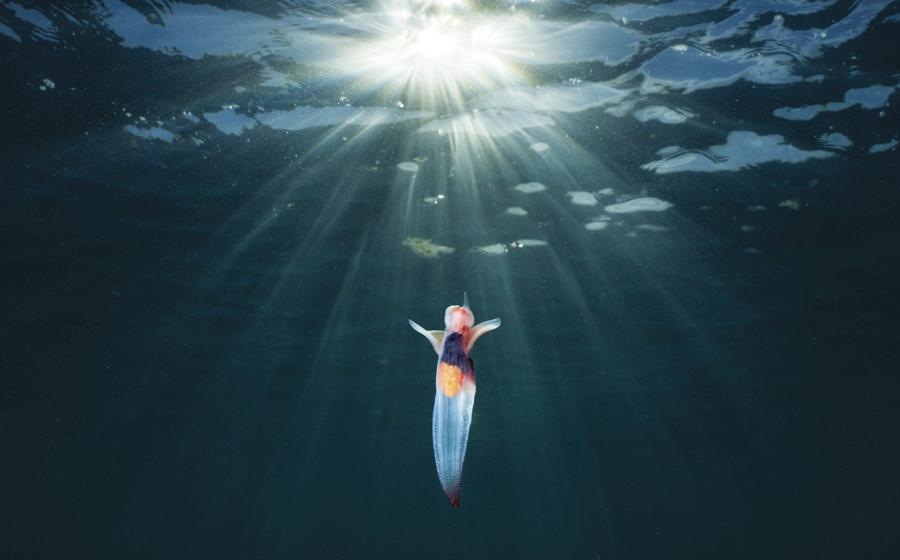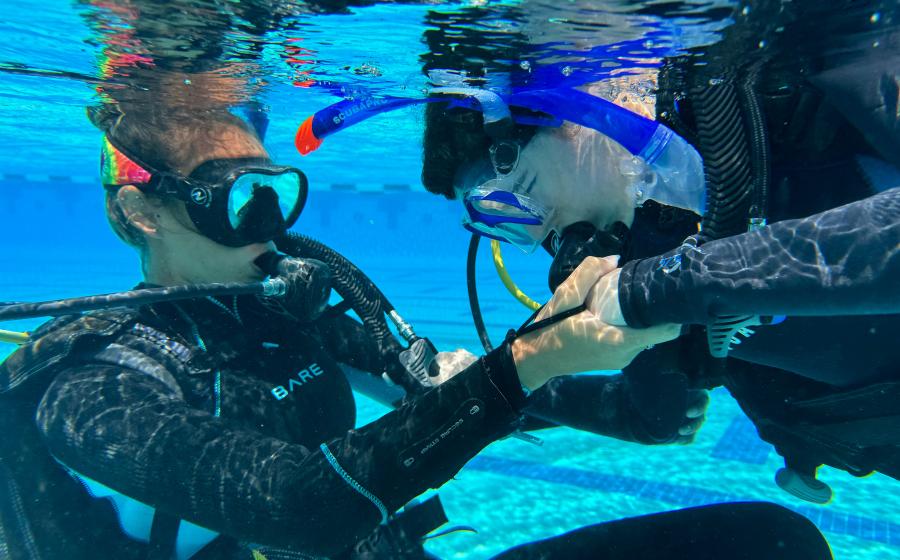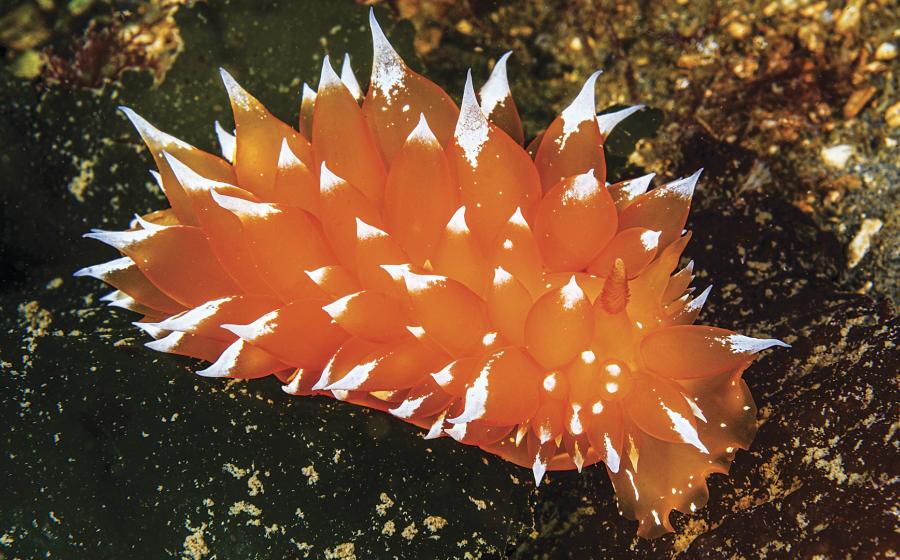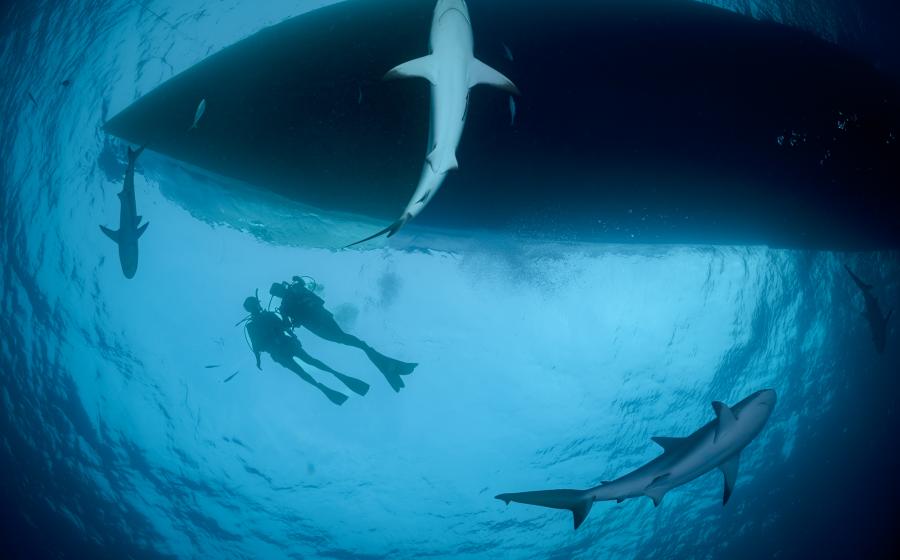Billion Oyster Project Dive Teacher Zoë Greenberg Named Sea Hero
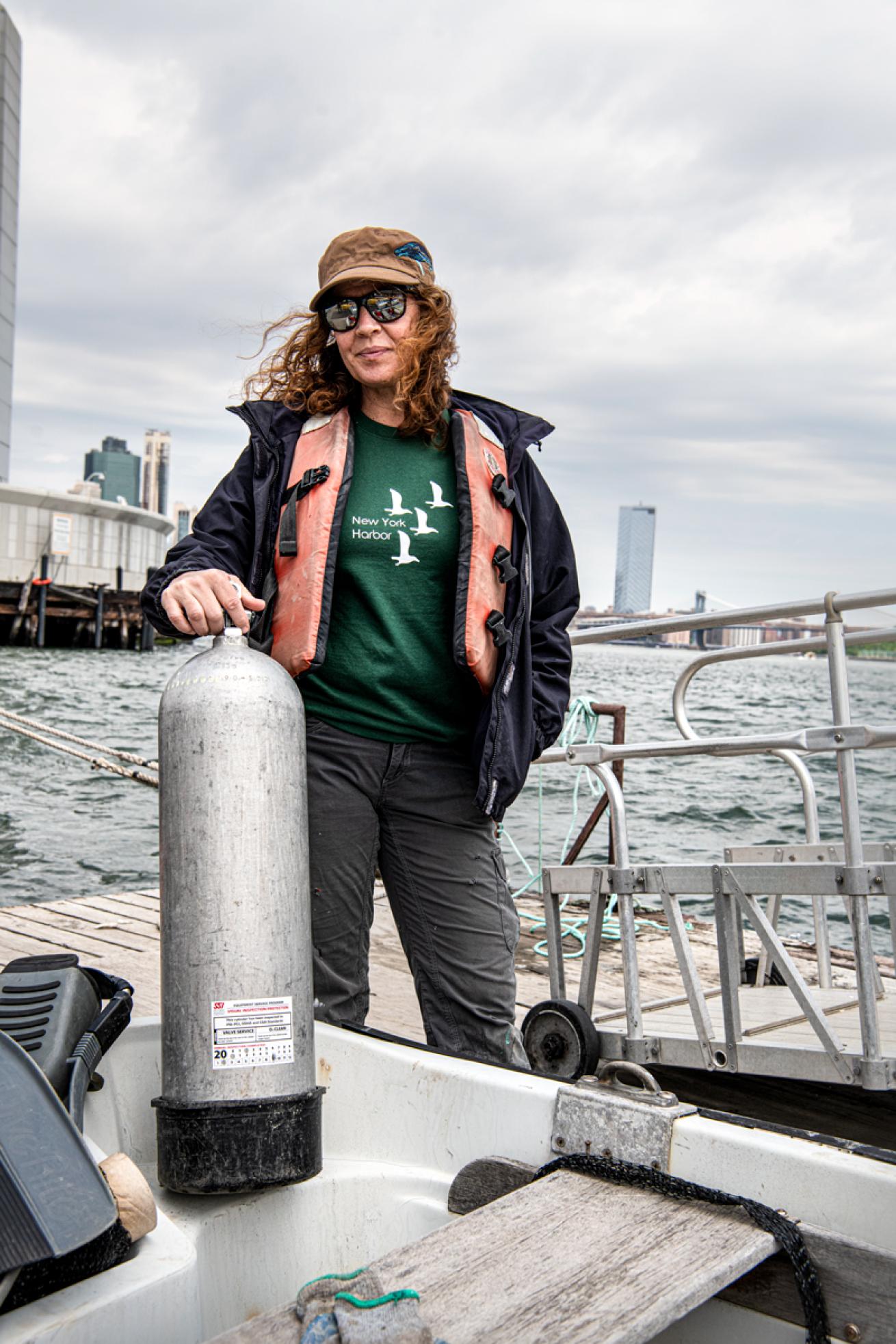
Johnny KnappZoë Greenberg
Year Dive Certified: 1996
Age When Certified: 16
Dive Certification Level: PADI Master Scuba Diver Trainer; American Academy of Underwater Sciences Scientific Diving Instructor
Words to Live By: In the end we will conserve only what we love, we will love only what we understand, and we will understand only what we are taught." — Baba Dioum
Zoë Greenberg takes teenagers diving in the harbor of New York City to rehab its forgotten dweller: the oyster. The teens are students at the Urban Assembly New York Harbor School, which prepares attendees for careers in marine industries like diving, engineering and policy. More than 8,000 students have participated in the rehabilitation programming of the nonprofit Billion Oyster Project, an NGO started at the school that aims to restore 1 billion oysters to the city’s harbor by 2035. To date, it has restored 47 million. Greenberg works day in and day out to equip these students with the skills they need to bring a regenerative future to their urban coastline. For empowering the next generation to bolster marine and coastal resilience in a changing climate, Greenberg is our September/October Sea Hero.
Q: What does a harbor without oysters mean for city residents? What are the main benefits of rebuilding this habitat?
A: Oysters used to be an integral part of New York’s estuary and culture—filtering water and providing habitat for species where the Hudson River, East River and Atlantic Ocean intersect. A single oyster can filter up to 50 gallons of water a day. Their growth structure, like coral reefs, provides a safe habitat for juvenile fish while buffering NYC’s coastline from storm surge. The work itself provides environmental education and waterfront awareness—engaging New Yorkers of all stripes in restoring our harbor.
Q: Take us through what it takes to certify new divers in cold, busy waters.
A: Diving in the waters around New York City is challenging, especially for brand-new divers. Visibility can be close to zero some days, currents can be strong, and we have to be careful about diving with students after a heavy rainfall due to NYC’s antiquated combined sewage system.
We travel to Dutch Springs, a quarry in Pennsylvania, for 10th graders’ initial PADI Open Water Diver training. Once certified, we introduce students to local diving and get them comfortable at some of our less exposed sites in Jamaica Bay and Bush Terminal Park in Brooklyn. PADI Advanced training happens for most students at the Island School in the Bahamas. The calm, blue waters of the Caribbean allow for a lot of diving in a short period of time and build students' comfort before putting them to work on our oyster reefs in NYC.
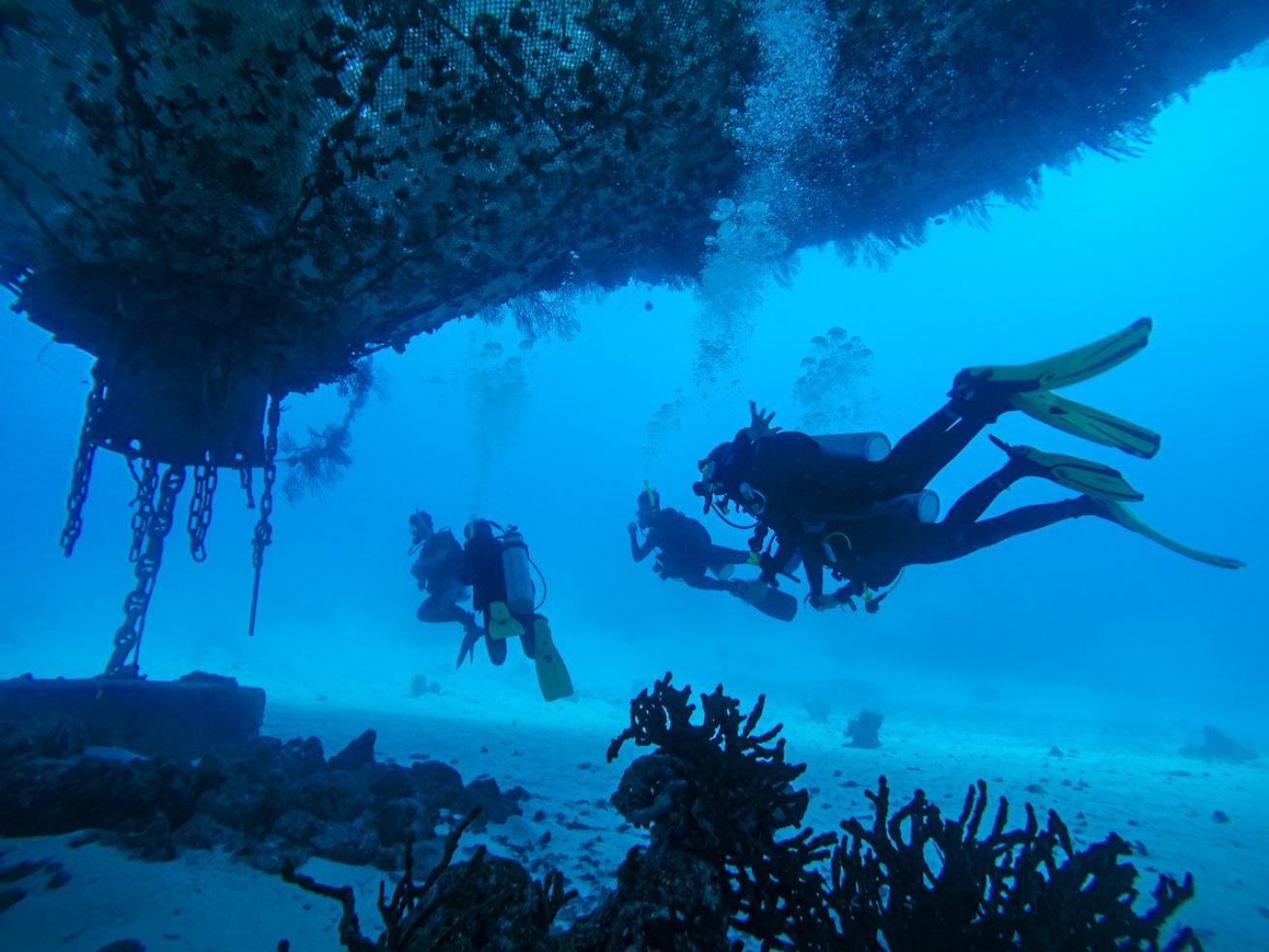
Johnny KnappGreenberg leads Harbor School students through their PADI Advanced Open Water dives in the clear waters of the Bahamas to build their comfort before putting them to work on the Billion Oyster Project’s metropolitan reefs.
Q: You also oversee all of the Billion Oyster Project’s dive operations. What do those entail, and how do students help after certification?
A: I orchestrate all diving operations at our oyster reefs across the city with my dive team of Harbor School juniors and seniors. After the PADI courses, I help train them in scientific diving. They then have the opportunity to work as interns planning, executing and reporting on Billion Oyster Project deep-water reef installations, reef maintenance, new site inspections, nondestructive biodiversity, oyster recruitment, and growth and mortality surveys.
Q: How do oysters build a reef, and how does your work facilitate that?
A: Their larvae need a hard surface, rich in calcium carbonate, to settle on and grow their own protective shell. Over time, dredging, pollution and overharvesting have created a soft, muddy harbor bottom. We are setting oyster larvae on reclaimed oyster shells before adding them to reef sites across the harbor to give them the best chance at survival. Professional divers are key to understanding reef sites and monitoring reef structures that can’t be accessed by wading into the water or pulling up suspended trays onto a dock or pier in small cages, reef bags or steel gabions.
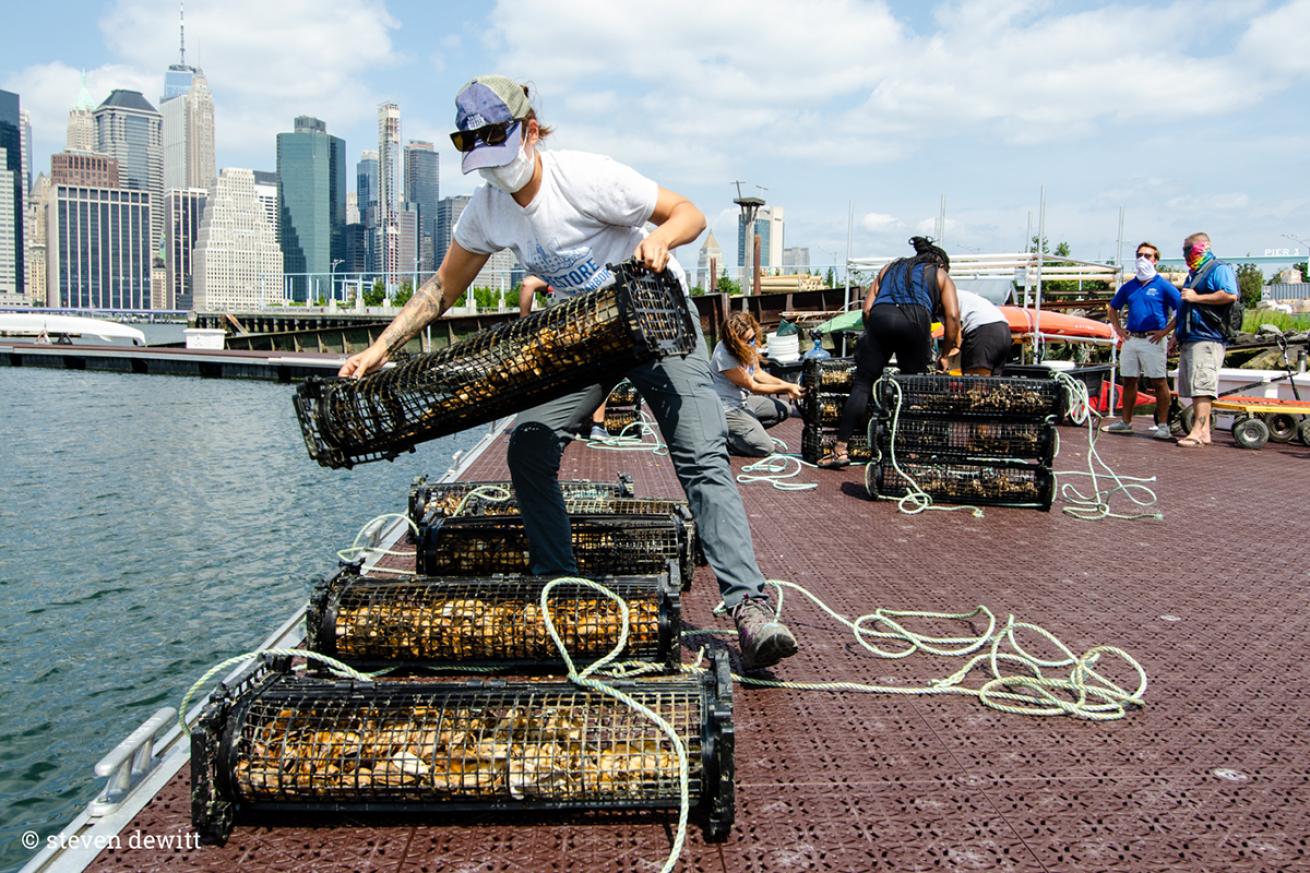
Steven Dewitt/Witness Tree MediaOyster cages are tended in Brooklyn Bridge Park.
Q: What is the most important lesson you hope students take away from the Billion Oyster Project?
A: Curiosity, love and respect for the natural world, our local marine ecosystem and our city. I hope they walk away from here with a heightened sense of personal responsibility to care for themselves, their community and the environment.
Q: Few people—even New Yorkers—spend much time thinking about the city’s 520 miles of shoreline. What do you think is gained when people internalize the fact it is a coastal city with a diverse marine ecosystem?
A: Watching New Yorkers, particularly students, recognize the thriving natural resource that surrounds us is one of the most gratifying parts of this work. So many of us have been told that the water is dirty and dangerous when it is home to hundreds of marine species and safe for permitted divers to access for more than half the year.
Q: What’s something more people should know about diving in New York City?
A: A lot of New Yorkers assume our waters are filthy and desolate when that’s not the case at all. There is so much life under there and tremendous potential. The students I work with get a first-hand look at the increased biodiversity around our oyster reefs versus diving over “black mayo.”
That said, New York City is not a recreational dive destination. As much as I’d love to take volunteer divers diving on our reefs, it will never be feasible until we stop dumping raw sewage into our waters.
Q: What do you consider the program’s most significant impact to date?
A: Other than bringing more attention to New York Harbor and the need for greater access and care, Billion Oyster Project’s most significant impact has been the increased habitat for incredible marine species — from small shrimp, to schools of Menhaden, to large mammals.
Q: How would you like the city’s future to look different as a result of this work?
A: We envision a future where New York Harbor is the center of a rich, diverse and abundant estuary. Restored oyster reefs, and the benefits that come with them, could create endless opportunities for work, education and recreation—like scuba diving, whether you attend the Harbor School or not.
Q: What advice do you have for somebody who hears about the Billion Oyster Project and thinks, 'Wow! I’d love to start a restoration initiative like that tailored to my local urban coast?'
A: Well, there certainly isn’t a limit on environmental restoration, and we love to hear that individuals or community groups are inspired by our mission. We recommend surveying your local coastlines. Is there fresh water, salt water or brackish waters? Are there wild oysters, mussels, eelgrass? Oysters are just one tool for repairing local waterways. Knowing the natural history of your local waterfront is key, and starting small with like-minded members of your community is rewarding. Billion Oyster Project itself grew out of science experimentation in an aquaculture class at the Harbor School.
Q: What is the best way for people to support this restoration?
A: Eating shellfish at our partner restaurants, volunteering on Governors Island or telling a young New Yorker about the Harbor School are great ways to support a future generation of harbor heroes. Every teacher, member and donor moves our restoration efforts forward and provides educational opportunities and resources for bringing NYC students closer to the waterfront.
Each Sea Hero featured in Scuba Diving receives a Seiko SRPF77 watch valued at $595. For our December issue, judges select a Sea Hero of the Year, who receives a $5,000 cash award from Seiko to further his or her work. Nominate a Sea Hero at /seaheroes.

